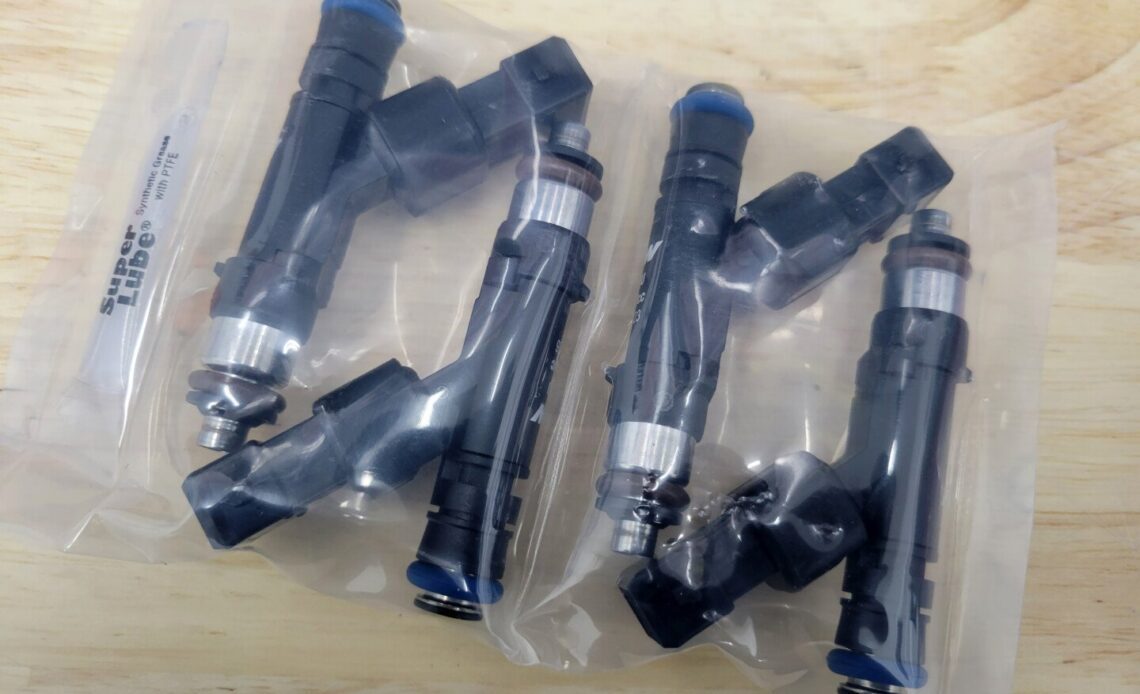Anyone who was around during the heyday of the Fox Body Mustang (back when they were considered “late model” not “classic”) remembers the challenges of upgrading your fuel injectors. There was no messing with the ECU to account for the new injectors (unless you were running an expensive piggyback system or standalone ECU). Your option was to buy a calibrated mass airflow (MAF) sensor for the injector size you were using.
You also had to be concerned with making sure your injectors were sized perfectly to your combination, since going too big on the top end would cost you idle quality on the low end. While that might seem like a relatively straightforward, convenient solution — match your injectors and MAF to your combo — if you planned your build in stages, you would have to factor in several sets of injectors and MAF sensors along the way.
While the Retro 5.0 engine build is to relive the 5.0 heyday, we’d like to avoid amassing a mountain of injectors and MAF sensors. Luckily for us, in the past several decades, technology has come a long way. Those advancements have really rendered a lot of those original concerns obsolete. Here, we’re going to dive into some of those previous concerns and their modern solutions.
The Deatschwerks injectors come sealed two to a pack, along with a tube of Super Lube O-ring lubricant.
Modern Fuel Injectors
Obviously, one of the big challenges in a project like this is that performance will be progressing in stages with the project. Our fuel demands in the first round of testing are significantly different than in the second, third, and fourth rounds of testing. Based on historical data, our first trip to the dyno would likely be handled by the OEM 19 lb/hr injectors, or possibly a set of OEM Corba 24 lb/hr injectors, which would give us a little more headroom.
For the next round of testing, we probably would have upgraded to 30 lb/hr injectors to make sure we had enough injector. Then, the typical path would have probably led us to 42 lb/hr injectors. Beyond that, we would have been getting into some more specialty injectors. Also keep in mind, that each one of those injector swaps would have had the associated cost of a recalibrated MAF sensor.
However, the concern of calibrating a MAF sensor to our injectors is a non-issue for two reasons, and both of those relate to the fact that we are using a Holley Terminator X to control the engine, right from the start. Besides eliminating the mass airflow…
Click Here to Read the Full Original Article at DragzineDragzine…

